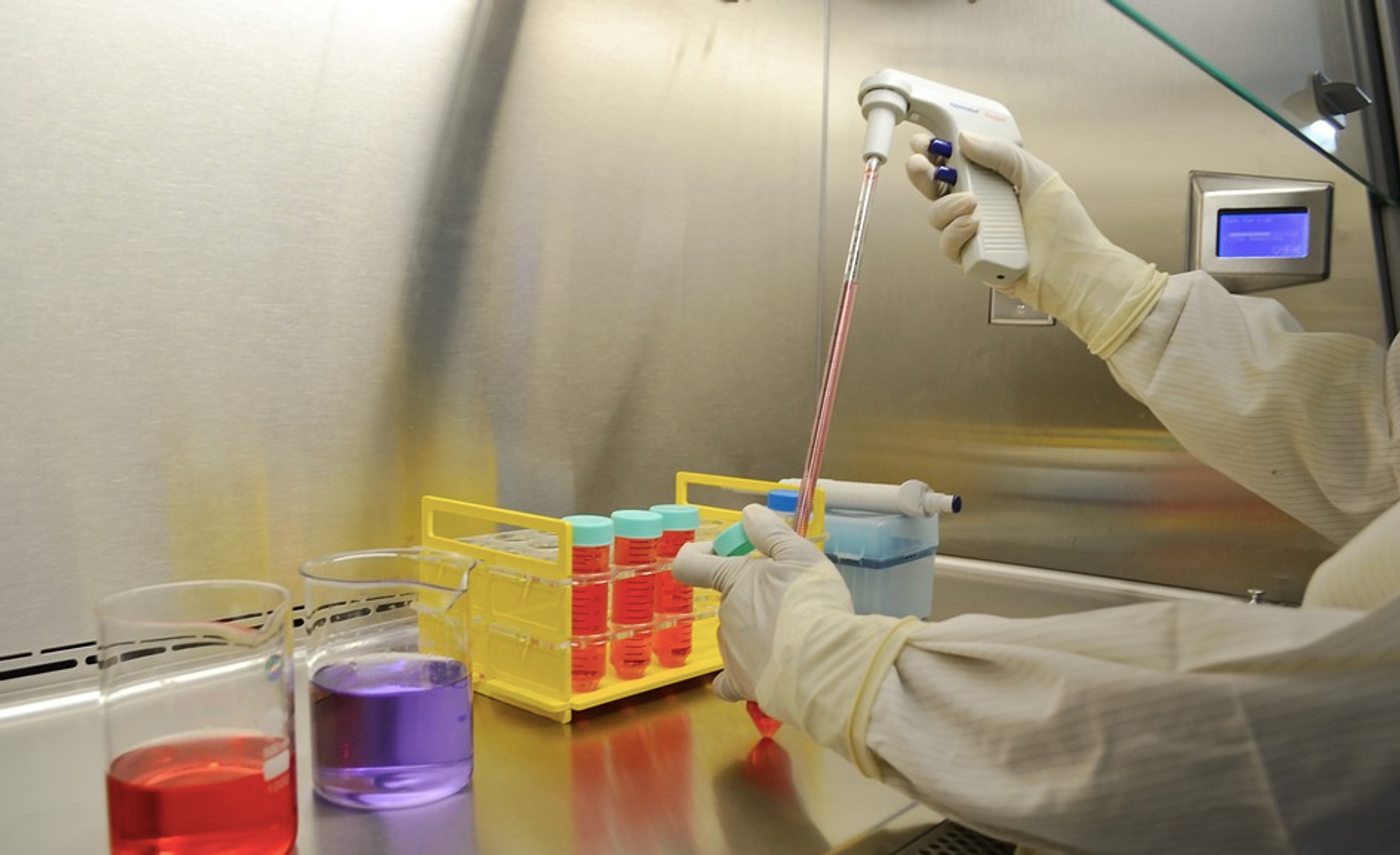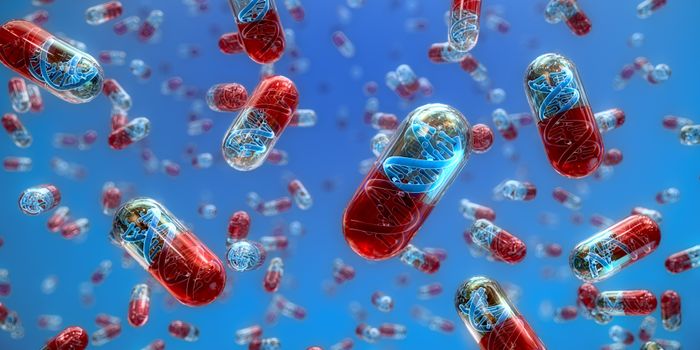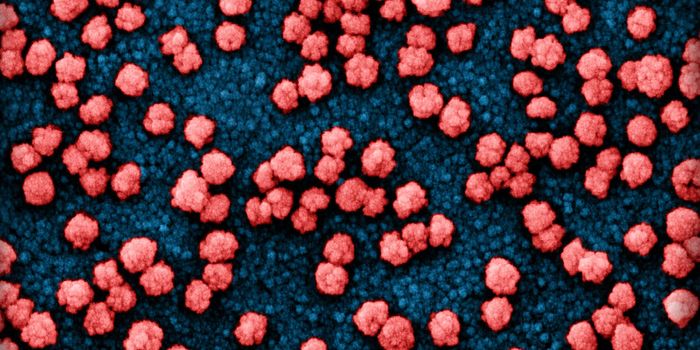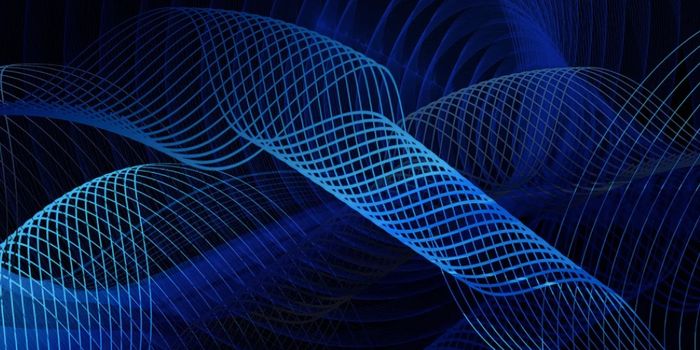New Insights Into the Mechanisms of Rett Syndrome
Rett syndrome is a neurological disorder that mostly affects girls; affected individuals develop normally until they're between six and eighteen months old. Development then begins to slow, and the disorder can be difficult for clinicians to identify because the initial symptoms are vague, like a reduced interest in toys and a lack of eye contact. Eventually the issues become more severe, and problems with movement may arise. The disease varies in presentation and severity, but many cases trace back to mutations in a gene called methyl CpG binding protein 2 (MECP2).
Scientists have now learned more about the biological basis of the disorder, which occurs in about one female birth in about 12,500. The research has been published in Cell Reports.
"Rett syndrome is caused by mutations in a single gene called methyl-CpG binding protein 2, or MeCP2. The gene was identified over two decades ago and much has been uncovered since, but exactly how the mutations cause the pathology remains elusive," explained first study author Hideyuki Nakashima of Kyushu University.
Previous work by Nakashima's team has suggested that MeCP2 is involved in regulating molecules called microRNAs that are associated with neurons. MicroRNAs do not code for protein like messenger RNA molecules do; microRNAs can play regulatory functions in a cell, like whether a gene expresses a protein.
In this work, the researchers determined that when there are disruptions in MeCP2, the brain does not produce as many cells called astrocytes as they normally would. Astrocytes are known as support cells for neurons but research has indicated they also have other functions.
Neural stem cells can give rise to astrocytes or neurons, and the production of these cell types, or the differentiation of neurons, is carefully controlled. But when there are problems with either MeCP2 or a microRNA called miR-199a, a culture of neural stem cells will produce more astrocytes and fewer neurons.
"Through our investigation, we found several microRNAs associated with MeCP2, but only one affected the differentiation of neural stem cells: a microRNA called miR-199a," said Nakashima. "In fact, when either MeCP2 or miR-199a are disrupted, we found that it increased the production of cells called astrocytes."
The scientists also learned more about the mechanisms that were at work. "Further analysis showed that miR-199a targets the protein Smad1, a transcription factor critical for proper cellular development. Smad1 functions downstream of a pathway called BMP signaling, which is known to inhibit the production of neurons and facilitate the generation of astrocytes," added Nakashima.
When the researchers inhibited BMP in a three-dimensional cell culture model, abnormal neuronal differentiation was reduced.
"Our findings have given us valuable insight into the role of MeCP2, miR-199a, and BMP signaling in the pathology of Rett syndrome," said Nakashima. "Further investigation is needed, but we hope this can lead to clinical treatments for Rett syndrome symptoms."
Sources: AAAS/Eurekalert! via Kyushu University, Cell Reports










